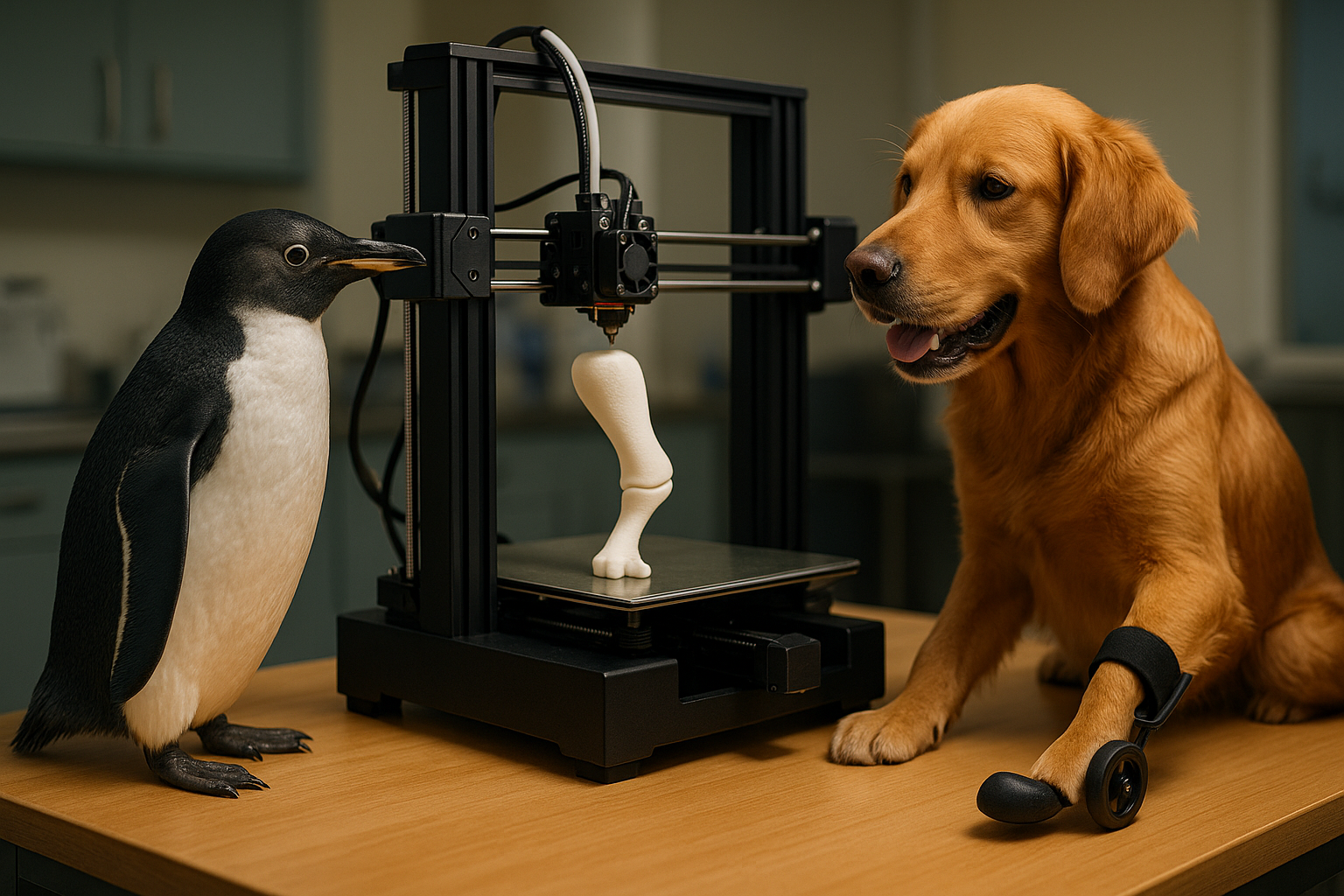Unraveling the Science Behind Hair Transplants: A Comprehensive Guide
Hair loss is an issue that has plagued humanity for centuries, with historical records detailing ancient remedies and treatments. Despite the myriad of solutions presented over the years, hair transplants have emerged as a highly effective treatment for hair loss. An understanding of the science behind hair transplants, including the process, benefits, and potential side effects, can help demystify this procedure and shed light on its current relevance.
A Brief Historical Overview
The concept of hair transplantation dates back to the 19th century. A German professor, Dom Unger, is credited with the first recorded attempt at the procedure. However, it wasn’t until the 1930s in Japan that modern hair transplantation techniques began to take shape. Dr. Okuda, a Japanese dermatologist, pioneered the use of small grafts – a technique still in use today.
The procedure gained popularity in the United States in the 1950s, but early techniques often resulted in an unnatural, “pluggy” look. Over the ensuing decades, surgical methods have continually evolved, leading to the highly refined procedures we see today which yield natural-looking results.
Hair Transplants in the Modern Age
Modern hair transplantation surgery involves the transfer of hair follicles from a part of the body known as the ‘donor site’ (typically the back or sides of the scalp where hair is more resistant to balding) to the ‘recipient site’ (the balding area). There are two main types of hair transplant procedures: Follicular Unit Transplantation (FUT) and Follicular Unit Extraction (FUE).
FUT involves removing a strip of skin with hair from the donor site, dissecting it into individual follicular units, and implanting these units into the recipient site. On the other hand, FUE involves the removal of individual follicular units from the donor site and their subsequent implantation into the recipient site. Each method has its benefits and drawbacks, with the choice often depending on the patient’s individual circumstances and preferences.
Rising Trends and Reception
Hair transplants have gained considerable traction in recent years, with a significant increase in the number of procedures performed worldwide. This surge is largely attributed to increased awareness, advancements in technology, and the destigmatization of cosmetic surgery.
Prominent figures openly undergoing hair transplants have also contributed to the procedure’s rising popularity. Sports stars, Hollywood actors, and public figures have candidly discussed their experiences, helping to normalize the procedure and reduce associated stigma.
The Impact of Hair Transplants
The impact of hair transplants extends beyond the physical. Hair loss can significantly affect a person’s self-esteem and confidence, with numerous studies highlighting the psychological distress associated with hair loss. Successful hair transplantation can thus have profound psychological benefits, boosting self-confidence and overall life satisfaction.
This is not to discount the physical benefits. Hair transplants can help restore a full or fuller head of hair, improving appearance and reversing signs of aging. However, it’s important to note that results can vary depending on various factors, including the severity of hair loss, the quality of the donor hair, and the skill and experience of the surgeon.
Risks and Considerations
While hair transplants have a high success rate, like any surgical procedure, they come with potential risks. These may include infection, scarring, unnatural-looking results, or the transplanted hair not growing as expected. It’s crucial for anyone considering a hair transplant to discuss potential risks and complications with a qualified professional and weigh these against the potential benefits.
Unique Insights: The Future of Hair Transplants
In the realm of hair transplants, the future looks promising. Researchers are exploring revolutionary techniques like hair cloning, where hair cells are multiplied in a lab and then implanted into the scalp, potentially providing an unlimited source of donor hair.
While these techniques are still in the experimental stages, they represent the potential for significant advancements in the field. The journey from ancient remedies to modern surgical procedures is a testament to the enduring human quest for solutions to hair loss. As research continues and technology evolves, the future of hair transplants appears bright and full of possibilities.





